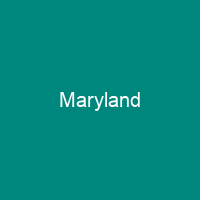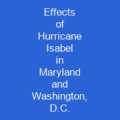Maryland is a state in the Mid-Atlantic region of the Southern United States. It is named after the English Queen Henrietta Maria, known in England as Queen Mary, who was the wife of King Charles I. Sixteen of Maryland’s twenty-three counties, as well as the city of Baltimore, border the tidal waters of the Chesapeake Bay estuary and its many tributaries.
About Maryland in brief

In 1632, Charles I of England granted Lord Baltimore a colonial charter, naming the colony after his wife, Queen Mary. Unlike the Pilgrims and Puritans, who rejected Catholicism in their settlements, Lord Baltimore envisioned a colony where people of different religious sects would coexist under the principle of toleration. In 1760, Maryland was an active participant in the events leading up to the American Revolution, and by 1776, its delegates signed the Declaration of Independence. Although then a slave state, Maryland remained in the Union during the American Civil War, its strategic location giving it a significant role in the conflict. After the war, Maryland took part in the Industrial Revolution, driven by its seaports, railroad networks, and mass immigration from Europe. The next larger neighbor, its neighbor, West Virginia, is almost twice the size of Maryland The next largest neighbor, Pennsylvania, is also almost twice as large as Maryland. Maryland’s economy was heavily plantation-based and centered mostly on the cultivation of tobacco. It was also home to indentured servants, penal labor, and African slaves. Maryland is bounded by West Virginia on its west by Pennsylvania, on its east by Delaware and the Atlantic Ocean, and the D.C. to its south and west; Pennsylvania to its north; and Delaware and Atlantic Ocean to its east.
You want to know more about Maryland?
This page is based on the article Maryland published in Wikipedia (as of Jan. 30, 2021) and was automatically summarized using artificial intelligence.







